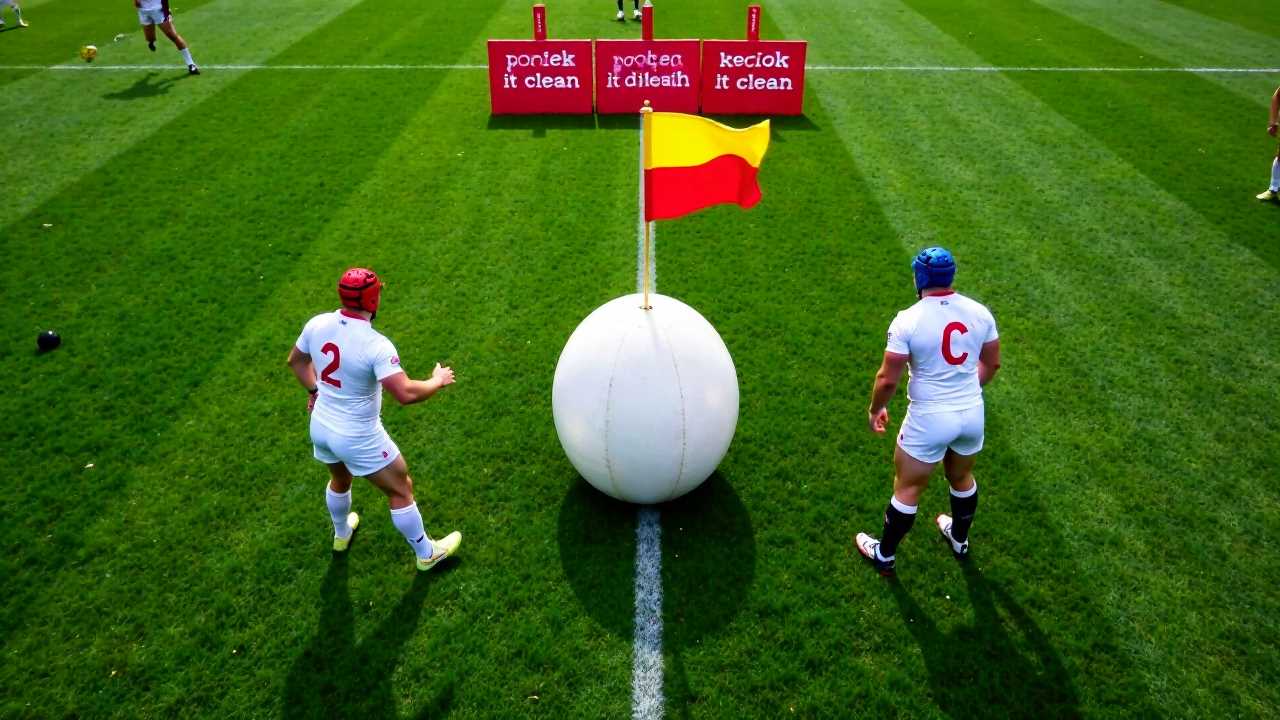
Understanding Rugby Concussion Prevention
Rugby is a sport that demands physical prowess, teamwork, and strategic thinking. However, the intensity of the game often leads to injuries, particularly concussions. Rugby concussion prevention is not just a priority; it is a necessity for ensuring the long-term health of athletes. By implementing effective strategies, we can significantly reduce the risk of concussions and promote rugby safety.
The Importance of Brain Health in Rugby
The brain is one of the most vital organs in the body, and its health is paramount for athletes. Concussions can lead to severe long-term consequences, including chronic traumatic encephalopathy (CTE), memory loss, and other cognitive impairments. Prioritizing brain health is essential for players at all levels. This involves not only recognizing the signs of a concussion but also understanding the potential impacts of repeated head injuries.
Strategies for Impact Reduction
One of the most effective ways to prevent concussions is through impact reduction strategies. These strategies focus on minimizing the force of collisions during play. Here are several key approaches:
1. Proper Technique Training: Coaches should emphasize safe tackling techniques that reduce the risk of head injuries. Players must learn to tackle with their shoulders rather than their heads, which can significantly lower the chances of head impacts.
2. Controlled Contact Drills: During practice, coaches should incorporate controlled contact drills that allow players to practice tackling and being tackled in a safe environment. This helps athletes become accustomed to contact while minimizing the risk of injury.
3. Regular Assessment of Playing Conditions: Ensuring that the playing field is in good condition can also help reduce impacts. Regular checks for hazards like uneven ground or debris can prevent unnecessary injuries.
Implementing Comprehensive Training Protocols
Training protocols play a crucial role in rugby concussion prevention. These protocols should encompass physical conditioning, skill development, and education about concussion awareness.
1. Physical Conditioning: Athletes should engage in strength and conditioning programs that enhance their physical resilience. A well-conditioned body can better absorb impacts and reduce the likelihood of injury.
2. Skill Development: Regular training sessions should focus on developing essential rugby skills, including passing, catching, and tackling. Improved skills lead to better decision-making on the field, which can help avoid dangerous situations.
3. Concussion Education: Educating athletes about the signs and symptoms of concussions is vital. Players should be aware of how to recognize a concussion in themselves and their teammates. This knowledge empowers them to take action and seek help when necessary.
The Role of Protective Equipment
Protective equipment is another critical component of rugby concussion prevention. While no equipment can completely eliminate the risk of concussions, the right gear can significantly reduce the severity of injuries.
1. Helmets: Although traditional rugby helmets are not designed to prevent concussions, advancements in helmet technology have led to the development of better protective gear. Players should be encouraged to wear helmets that meet safety standards and provide adequate protection.
2. Mouthguards: Mouthguards are essential for protecting the teeth and jaw, but they also play a role in reducing the risk of concussions. By absorbing some of the impact forces, mouthguards can help protect the brain.
3. Shoulder Pads and Body Armor: Using appropriate shoulder pads and body armor can help distribute impact forces more evenly across the body, reducing the risk of head injuries.
Creating a Culture of Safety
To effectively implement rugby concussion prevention strategies, it is vital to foster a culture of safety within teams and organizations. This culture should prioritize the well-being of athletes above all else.
1. Open Communication: Encourage players to speak openly about their health and any concerns they may have regarding injuries. This transparency can lead to quicker responses to potential concussions.
2. Support from Coaches and Staff: Coaches and medical staff should work together to create an environment where safety is prioritized. Regular meetings to discuss player health and safety can help keep everyone informed and engaged.
3. Parental Involvement: Educating parents about the risks associated with rugby and the importance of concussion prevention can lead to better support for athletes at home. Parents should be encouraged to advocate for their children's safety on and off the field.
Monitoring and Reporting Concussions
Effective monitoring and reporting systems are essential for managing concussions in rugby.
1. Baseline Testing: Conducting baseline cognitive tests for athletes before the season can provide a reference point for assessing any potential concussions that occur during play.
2. In-Game Monitoring: Coaches and medical staff should be trained to recognize the signs of a concussion during games. Quick assessments can help determine whether a player should be removed from play.
3. Post-Injury Protocols: Establishing clear protocols for returning to play after a concussion is vital. Athletes should undergo a thorough evaluation and follow a step-by-step return-to-play plan to ensure their safety.
Rugby concussion prevention is a multifaceted approach that requires commitment from players, coaches, medical staff, and parents. By focusing on rugby safety, brain health, impact reduction, training protocols, athlete education, and protective equipment, we can create a safer environment for all athletes. Prioritizing these strategies will not only protect players but also promote the integrity and longevity of the sport.
 Mobility trainingHome Fitness RecoverySports Injury PreventionPersonal Physical TherapyOrthopedic SolutionsPrivacy PolicyTerms And Conditions
Mobility trainingHome Fitness RecoverySports Injury PreventionPersonal Physical TherapyOrthopedic SolutionsPrivacy PolicyTerms And Conditions
